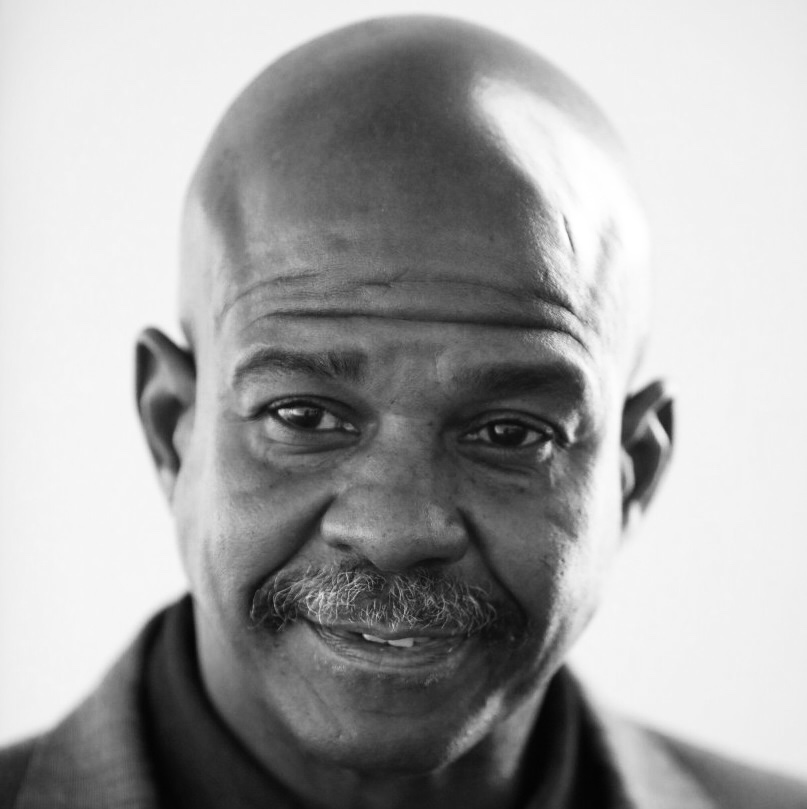Glenn Payne
| Exoneration Date: January 26, 2018 Years Lost: 15 |
County of Conviction: Santa Clara County |
| Conviction Year: 1990 Sentence: 27 Years |
Causes of Wrongful Conviction: Faulty forensic science False testimony |
| Convicted of: Kidnapping Sexual assault |
State Compensation: None |
In 1991, Glenn Payne was sentenced to 27 years in prison for the kidnap and sexual assault of a child.
In the early morning of May 1987, a two-year-old girl was discovered missing from her home in San Jose, CA. Soon after the girl was discovered missing, she was found lying on the sidewalk by a neighbor’s house, about a block from her home. The neighbor took the girl inside and called the police. Her clothes were torn and stained, and she was covered in feces, grass and leaves.
Police interviewed the two-year-old girl using leading and suggestive questioning, first asking her who was the person that hurt her and what part of her body had been hurt. The girl was confused in terms of dates, times and sequence of events. Payne became a suspect when police elicited statements that the perpetrator was the “the black man who lived next door.” The girl’s mother, who was present at the police interview interrupted to ask if the man who attacked her wore a hat and the girl nodded. After the interview, the girl’s mother told police that their neighbor was a black man and wore a baseball cap.
That neighbor was 28-year-old Payne, who lived with his mother across the street from girl’s family. Payne denied any involvement. He was arrested and asked to undress over a large sheet from which a hair was recovered. A criminalist using microscopic hair comparison (MHC) concluded that this hair could have come from the girl.
The girl’s grandparents searched the area where the girl had been found and found her missing underwear and a pink tablecloth that had disappeared along with the girl that night in a vacant field. The same criminalist examined the tablecloth and found a hair, and, using MHC, claimed the hair was consistent with Payne’s hair.
At trial, the criminalist testified that it was highly unlikely that the hairs in question could have come from anyone except for Payne and the victim. He gave a very specific calculation where he opined that the chance
that the hairs could have come from someone aside from Payne and the victim were 129,600 to 1, and that it was almost certain the two had come into contact. After an initial deadlock, the jury convicted Payne. Payne always maintained his innocence, and in 2002, he asked NCIP for help in seeking DNA tests of the evidence against him. However, after an exhaustive search, NCIP discovered all evidence in the case had been destroyed a decade earlier in 1992. Payne was released on parole in 2005 after serving 15 years in prison.
NCIP took another look at Payne’s case in 2016, after the science behind MHC came under scrutiny. In 2015, the FBI admitted that from 1985-2000, FBI hair examiners improperly testified in 95 percent of cases involving hair microscopy. In February of 2016, former FBI Director James Comey sent a letter to governors admitting flaws in the way the FBI trained state hair examiners, and urging states to conduct a review of hair microscopy cases in their state. NCIP immediately began a systematic review of California cases in coalition with the California Innocence Project in San Diego, the Loyola Project for the Innocent in Los Angeles, and the law firm Morrison & Foerster LLP.
After a lengthy search, NCIP recovered the transcript of Payne’s trial, determined the criminalist’s testimony was invalid and met with the Santa Clara County District Attorney’s Office to discuss the criminalist’s testimony in the case. A medical expert also reviewed the case and concluded that there was no sexual abuse or physical injury of the girl, and that a strep infection had been misidentified as evidence of sexual abuse.
The criminalist who testified at Payne’s trial repudiated his testimony and the District Attorney agreed to concede NCIP’s motion to vacate on grounds that the criminalist’s testimony was invalid and critical to Payne’s conviction. On January 26, 2018, the Santa Clara County Superior Court vacated Payne’s conviction and the District Attorney dismissed all charges.
Payne’s case is the first microscopic hair comparison reversal and dismissal in the state of California in state court.

